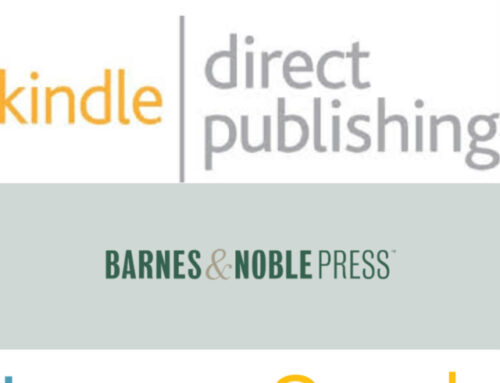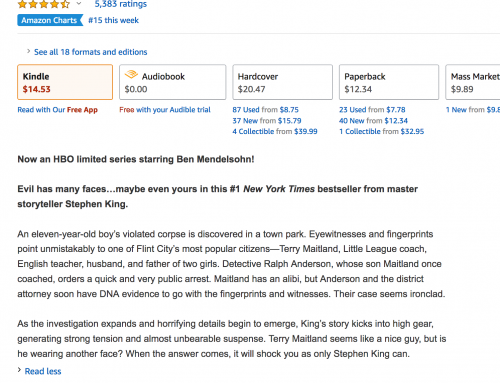
While authors do not have to know exactly what they are going to write about in each paragraph, it is ideal to have a rough idea of the basics, such as titles of each chapter, the big idea of each chapter, and the main points they intend to write about. This will enhance productivity on the author’s behalf.
There is no single right way for authors to organize their ideas into a properly sequenced series of chapters. What can be an efficient process for one person might be nonproductive and frustrating to another person. Two types of planning tools can be used to organize ideas when writing a book: low-tech tools and computer-based tools. Either approach can be beneficial for organizing ideas into a writing plan.
Utilizing low-tech tools can be very useful when writing a book. Sketches are an excellent starting point to give a visual display of the sequence of the topics to be included in the book. After sketching out the “big picture”, the sketch can be expanded by listing the main idea and supporting points for each chapter. Sticky notes have also been proven to be a very useful tool when planning and organizing a book. This provides an easy and convenient way to identify and organize supporting ideas. Add one detail or supporting idea to each sticky note, then attach the sticky note to the sketch that was created that displays the “big picture”. An advantage of using sticky notes as a tool is that authors can color code different categories of ideas.
Using software tools is advantageous to an author because it offers a way to export their work to a computer word processing program after they have organized their ideas. Using word processing programs, such as Microsoft Word, offers authors the option to use lists and outlining features to create a detailed action plan for their book. This allows authors to sort the titles, and also the topics intended for each chapter. Another option is to use Microsoft Excel to plan the book. This process is similar to using the lists and outlining tools. After entering the title, the main idea, and examples in three columns, authors can then sort their spreadsheet and copy and paste each topic’s idea into their own software. Organizing ideas using remote file hosting services, such as Dropbox or Evernote, can also be useful when writing a book. The advantage of using these solutions is that it provides authors with a way to access their work from any online computer.
The planning and organizing phase of book writing can take a lot of time and effort. Before beginning to write a book, authors should take the time out to try the various approaches to organizing their ideas and planning what will be included in their book. By exploring more than one option, authors will be able to see which approach works best for them. The sooner an author comes up with the most effective and efficient way to plan and organize their book, the sooner they can embark on their journey as a successful book writer.
Get an Editorial Review | Get Amazon Sales & Reviews | Get Edited | Get Beta Readers | Enter the SPR Book Awards | Other Marketing Services






















Leave A Comment